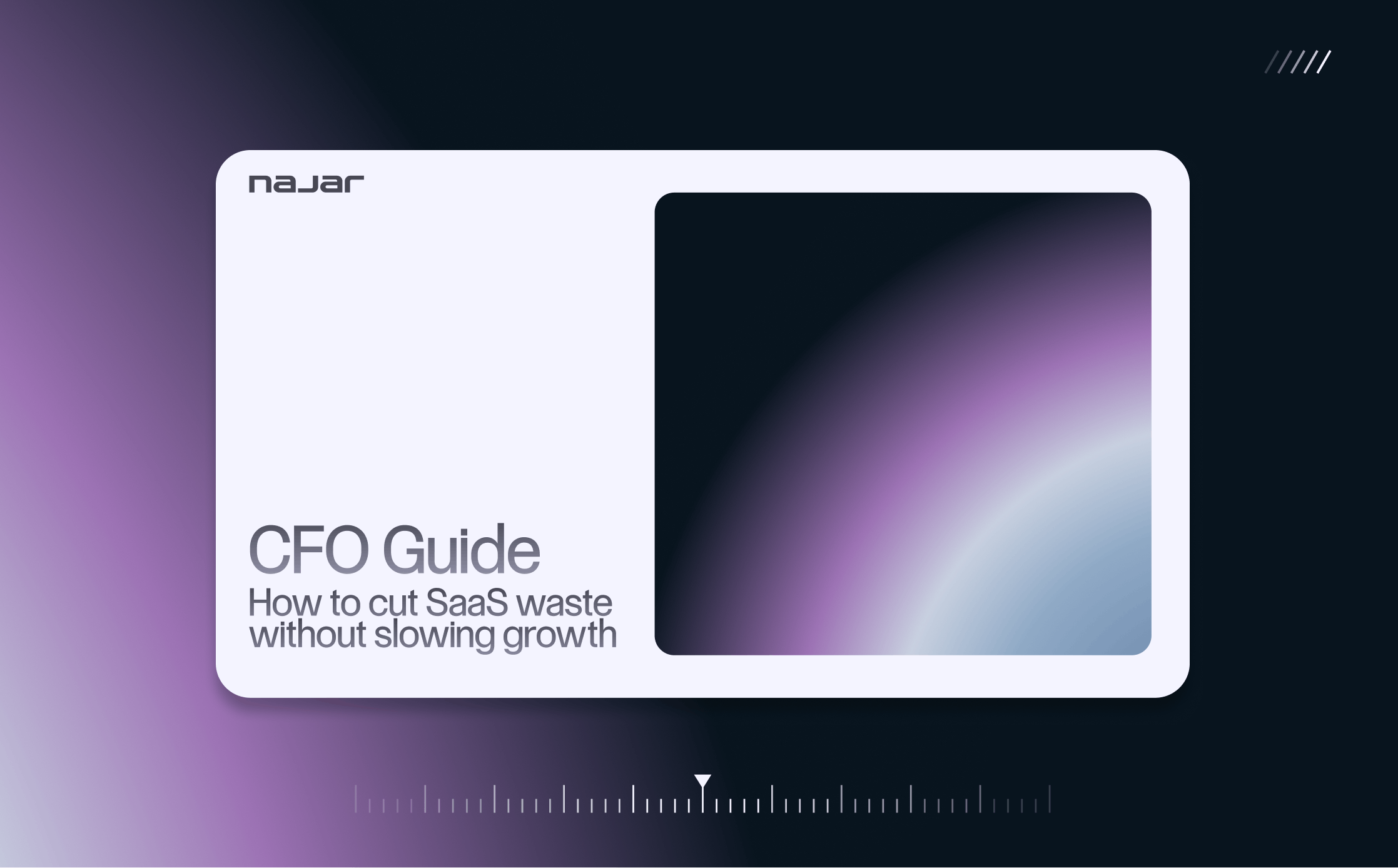Business or commercial relationships have always involved the conclusion of contracts, a concept that has existed since Roman law and is characterized by an agreement of will, expressed in a positive manner.
Subscribing to a SaaS application is no exception: it is a matter of defining the terms of use of this tool in space and time. Negotiating these contracts can be crucial in managing a company's SaaS ecosystem.
Before considering the points to watch out for, it is important to distinguish between contracts and General Terms and Conditions of Sale (GTS).
The difference between contract and GTS
Relationships between professionals must be governed by GTSs or a contract. The GTS are the list of legal terms and conditions surrounding the sale of a product or service. Within the framework of relations between professionals (B2B), the Commercial Code specifies in its article L.441-6 that these GTSs must be made available to any customer who requests them.
As soon as the activity is commercial, as for SaaS software publishers, these GTS must be publicly accessible on the company's website. They have the advantage of saving time for both parties, by eliminating the negotiation stage and the various back and forth discussions about the contract between the customer and the vendor.
They have a predictable character since they are permanently in public access. However, they are not always adapted to the specificities and needs of the customer. This is why, when managing SaaS solutions, it may be more interesting to use contractual negotiations.
Indeed, contracts are, contrary to general conditions, marked by the seal of specificity. If one of the parties always proposes a standard model at first, it is intended to be discussed and modified according to the requests of each of the co-contractors and the consensus found.
The explosion of SaaS in companies has largely contributed to the complexity of contracts, since the particular subscription model as well as the sector to which these contracts apply involve more points of caution. It is therefore often more strategic to require contractual negotiation, paying attention to the following indicators.
Important negotiation points
Most of the contracts governing the use of SaaS tools are monthly or annual subscriptions that are renewed over time. It is important to pay attention to the following characteristics when negotiating them.
Renewals
The first point of vigilance concerns the way in which the contract is renewed and the period in which it can be terminated. It is important to check whether the contract will be renewed tacitly once the initial period has elapsed. This means that it is renewed for the same period, unless there is an expression of will to the contrary, which must occur within a period of time specified in the contract. It is important to keep in mind the termination date of the contract if it is not desired to renew it.
With this in mind, a SaaS management tool can be useful, by centralizing the key dates for each of your SaaS applications, dates on which the contract must be either terminated or renewed. All this sequenced by notifications and alerts, in order to avoid any involuntary automatic renewal for example.
Features
When an enhancement or new feature is made to a tool, it automatically appears on the interface for all users. This is why it is important to be vigilant to ensure that these features are not subject to additional billing, in particular by locking the scope of use in the contractual conditions.
On the other hand, the fact that some of the functionalities you need are not immediately available when you sign the contract can be a relevant negotiating lever.
These issues can be partially resolved by attaching to the contract a precise description of the functionalities available at the time the tool is made available, which the company is counting on. Thus, the fact that additional functionalities appear, not required by the client at the outset and not falling within the framework of its specific needs, will not be reflected by an increase in price.
It is recommended to use a SaaS management tool to show these different functionalities in a clear and centralized way and thus to have a reliable picture of everything that can be achieved via the SaaS ecosystem present in the company.
Pricing
SaaS solution subscription contracts regularly specify a particular number of licenses, a number that will be decisive in calculating the contract amount. The licenses correspond to the number of users who will be able to use the SaaS application simultaneously.
This is precisely where you have to intervene, in order to negotiate a price decrease, so that the price evolution is not exponential. The higher the number of licenses, the lower the price per license. For a large company, the simplest solution is still to manage a master agreement at group level.
Moreover, it happens that you subscribe to the use of several SaaS applications from the same software publisher. This situation should also be seen as a lever for negotiating the overall price.
Finally, subscriptions are monthly or annual, as is the payment of the invoice. By negotiating an annual payment, it is likely that the price can be lowered because it means a longer commitment from the customer and therefore more security for the publisher. It is in any case the perfect compromise for a winning collaboration.
Renewal must be reviewed, since generally speaking all SaaS software is renewed automatically at the end of the commitment. Often there are even tacit renewals requiring buyers to terminate their contracts at least three months before the end of the commitment.
A SaaS Management tool allows you to centralize all SaaS contracts, to easily identify all upcoming renewals, to program alerts and to have all the necessary information to start your negotiation.
The service level
A contract usually also includes a service level agreement (SLA). This defines a minimum performance standard for SaaS software. Performance standards are usually linked to service availability. You can define the percentage of availability of the service that is critical to your business operations and claim compensation in case of non-respect.
Security
One point that is important to focus on during contract negotiations is liability in the event of a security breach. Indeed, it is not uncommon for attacks to occur and for confidential data contained in the SaaS ecosystem to leak.
With the General Data Protection Regulation (GDPR) coming into effect in 2018, the joint responsibility of data controllers has been enshrined. The controller is the person who determines the purposes and means of data processing. In the context of the use of SaaS software, this can be the software publisher or the company using it, or even both thanks to joint responsibility.
Although a later reclassification is always possible if the terms of the contract do not reflect reality in case of a dispute, it is still essential to analyze this part during the negotiation. The contract must reflect the reality and indicate whether the qualification of joint liability can be retained or it’s excluded.
More broadly, the company must put in place a governance system involving cybersecurity standards to be followed internally. The ISO 27000 family of standards and more specifically the 27001 have been designed to help organizations in this process and to require that a certain number of measures be put in place to guarantee a reliable IT risk management system. These standards can be certified and companies are audited to obtain them.
The SOC2 reports, which assess the procedures in place within a company regarding security and data protection, also help to judge the level of risk at the publishers.
Thus, these norms and standards help any company to select its SaaS providers and it may be worth mentioning these IT security requirements in the contract. Using a SaaS management tool allows to centralize all the SaaS contracts of the company and to have quick access to security and liability information.
The virtues of SaaS management in contractual matters
Once all these negotiation points have been managed, it is important to be able to centralize all the contracts relating to SaaS applications:
- Saving time: if all the key elements of the contracts are visible from the same platform, it allows the management to have quick access to the information in the context of a process of choice of a new tool or the need to renew an existing tool.
- Saving money: the SaaS management tool allows to visualize all the subscriptions to SaaS applications and thus to avoid duplication and unnecessary expenses. It also allows you to be vigilant about the real use of the software in place and therefore not to renew those that are not necessary.
- Control of contractual commitments: a SaaS management platform allows you to control the various deadlines and procedures relating to contracts, such as renewals or terminations. In addition, it prevents contracts from being lost, which happens very regularly, whether they are paper or digital, when no centralization system is in place.
SaaS management solutions allow all departments of the company to have a better management of their commitments and a better vision of the software at their disposal. The use of new technologies and their impact on the company's business activity are real assets. By relying on a SaaS Management reporting tool that provides the right levels of analysis, you can detect any anomalies and make the right decisions quickly for the good of your business, but also help other teams.



